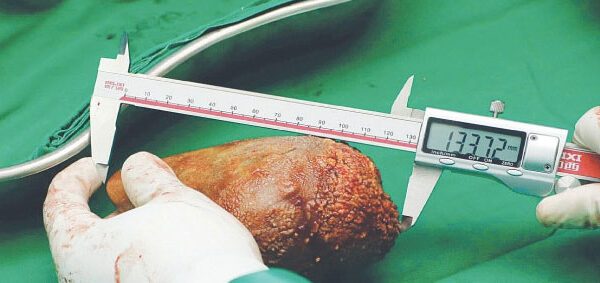Unlocking Insights Genetic Signals in Nearby Healthy Tissue for Lung Cancer Monitoring
A recent study conducted by NYU Langone Health and its Perlmutter Cancer Centre suggests that genetic information extracted from apparently healthy tissue surrounding lung tumours may be a more reliable indicator of cancer recurrence after therapy than analyzing the tumours themselves.
The focus of the study was on lung adenocarcinoma, a type of cancer that originates in alveolar epithelial cells and constitutes approximately one-third of all lung cancers in the United States, as per the U.S. Centers for Disease Control and Prevention. While early surgical removal of tumors often leads to a cure, about 30% of cases experience the regrowth of residual cancer cells, posing a risk of death. Hence, identifying biomarkers or predictors of recurrence is crucial for initiating more aggressive initial treatment.
The study involved 147 individuals treated for early-stage lung cancer, specifically exploring the utility of the transcriptome—the complete set of RNA molecules guiding cells in protein production. Remarkably, RNA analysis from apparently healthy tissue adjacent to tumor cells accurately predicted cancer recurrence 83% of the time, surpassing the 63% accuracy of RNA analysis from the tumors themselves.
Co-lead author Igor Dolgalev, PhD, stated, “Our findings suggest that the pattern of gene expression in apparently healthy tissue might serve as an effective and until now elusive biomarker to help predict lung-cancer recurrence in the earliest stages of the disease.”
Published online on November 8 in the journal Nature Communications, this investigation is the most extensive to date comparing genetic material from tumors and adjacent tissue in terms of their predictive abilities for recurrence. Dolgalev, an assistant professor in the Department of Medicine at NYU Grossman School of Medicine, emphasized the use of machine learning to build mathematical models estimating recurrence risk based on RNA sequencing of nearly 300 tumor and healthy tissue samples.
The study revealed that the expression of genes linked to inflammation or heightened immune-system activity in nearby, seemingly normal lung tissue proved particularly useful for predictions. This immune response in adjacent tissue, considered truly healthy, might be an early indicator of disease, suggesting the presence of escaped tumor cells triggering an unexpected immune reaction in their neighbors.
Co-lead author Hua Zhou, PhD, a bioinformatician at NYU Grossman, commented, “Our results suggest that seemingly normal tissue that sits close to a tumor may not be healthy after all.” Additionally, co-senior author Aristotelis Tsirigos, PhD, a cancer biologist at NYU Grossman, noted the potential role of immunotherapy in combating tumor growth before traditional detection methods can identify it.
The research team plans to use the artificial intelligence algorithm to prospectively assess recurrence risk in patients newly treated for early-stage lung cancer, moving beyond the investigation’s retrospective approach. Tsirigos, also the director of NYU Langone’s Applied Bioinformatics Laboratories, emphasized the importance of further exploration in prospective settings.








